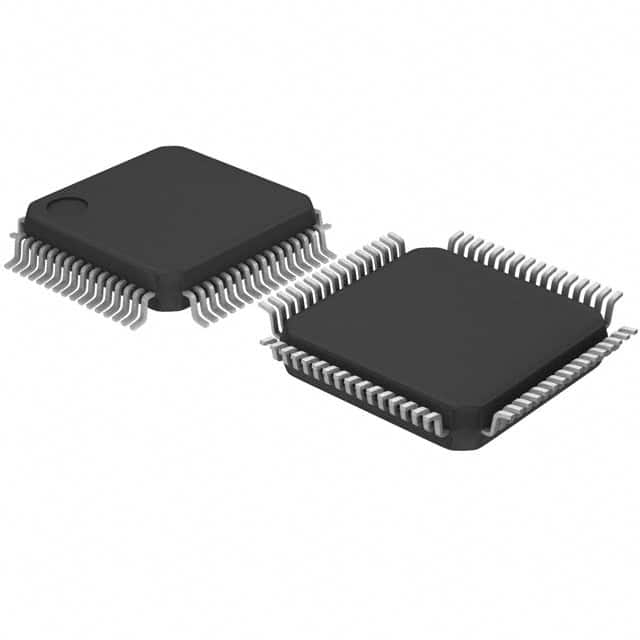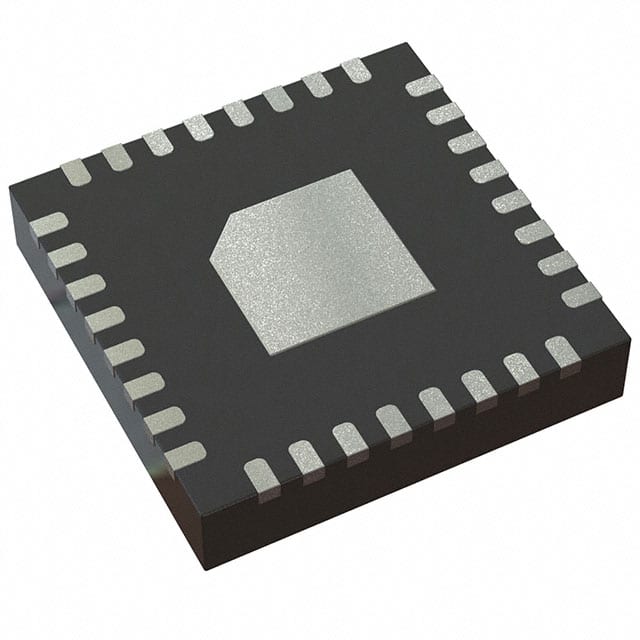Ⅰ. Interface - UARTs (Universal Asynchronous Receiver)
Ⅱ. Physical Characteristics of Interface - UARTs (Universal Asynchronous Receiver)
Ⅲ. Electrical Characteristics of Interface - UARTs (Universal Asynchronous Receiver)
Interface - UARTs (Universal Asynchronous Receiver)
UART (Universal Asynchronous Receiver Transmitter) is a commonly used interface for serial communication between devices. It allows for the asynchronous transmission of data between a transmitter and a receiver without the need for a shared clock signal. Here are some key aspects of UART:

1.Data Format: UART communication uses a specific data format to transmit and receive data. It typically consists of a start bit, data bits (usually 7 or 8 bits), optional parity bit (for error detection), and one or more stop bits. The start bit indicates the beginning of a data frame, the data bits carry the actual information, the parity bit provides error detection, and the stop bit(s) mark the end of the data frame.
2.Baud Rate: The baud rate defines the speed of data transmission in bits per second (bps) and determines how quickly data is sent over the UART interface. Both the transmitter and the receiver must be configured to use the same baud rate to ensure proper communication.
3.Serial Data Lines: UART communication requires two data lines: a transmit line (TX) for sending data from the transmitter to the receiver and a receive line (RX) for receiving data at the receiver. These lines operate in opposite directions, allowing for two-way communication.
4.Asynchronous Communication: UART is an asynchronous communication method, meaning that the transmitter and receiver do not share a common clock signal. Instead, each data frame is accompanied by a start bit to synchronize the receiving device. The receiver uses the start bit to determine the timing and data sampling points for receiving the subsequent bits.
5.Buffering and Flow Control: UART interfaces typically employ buffers to temporarily store incoming and outgoing data. These buffers help accommodate variations in the data transmission rates between the transmitter and receiver. Flow control mechanisms, such as hardware flow control (using control lines like RTS/CTS) or software flow control (using special control characters), can be implemented to manage data flow between devices and prevent data loss.
6.Voltage Levels: UART interfaces can operate at various voltage levels, such as TTL (Transistor-Transistor Logic) or RS-232. TTL-level UARTs typically use logic level voltages (e.g., 0V for low and 3.3V or 5V for high), while RS-232 UARTs use voltage levels that conform to the RS-232 standard (-3V to -15V for low and +3V to +15V for high).
7.UART Applications: UART interfaces are widely used in various applications, including communication between microcontrollers and peripheral devices, serial communication between computers and external devices (e.g., GPS receivers, modems), programming and debugging interfaces, and many other scenarios where asynchronous serial communication is required.
When working with UART, it's important to consider factors such as baud rate compatibility, data format, voltage levels, and flow control requirements. These specifications ensure proper configuration and successful communication between the transmitting and receiving devices.
Physical Characteristics of Interface - UARTs (Universal Asynchronous Receiver)
The physical characteristics of UART (Universal Asynchronous Receiver Transmitter) interfaces primarily involve the hardware aspects and connectors used for connecting devices. Here are some common physical characteristics associated with UART interfaces:
1.Connector Types: UART interfaces use various connector types to establish the physical connection between devices. The choice of connector depends on the specific application and the devices being connected. Common connector types include D-sub connectors (such as DB9 or DB25), USB connectors, and pin headers.
2.Pin Configuration: UART interfaces typically consist of several pins that serve different functions. The most common pins include:
(1.)Transmit (TX): The TX pin is used for transmitting data from the UART transmitter (e.g., microcontroller) to the receiver device.
(2.)Receive (RX): The RX pin is used for receiving data from the UART receiver (e.g., microcontroller) from the transmitter device.
(3.)Ground (GND): The GND pin provides the reference ground for the UART interface, ensuring proper signal grounding between devices.
(4.)Optional Control Lines: Depending on the UART implementation and requirements, additional control lines may be present, such as RTS (Ready To Send), CTS (Clear To Send), DTR (Data Terminal Ready), and DSR (Data Set Ready). These control lines are used for flow control and handshaking between devices.
3.Voltage Levels: UART interfaces can operate at different voltage levels depending on the specific implementation. Common voltage levels include TTL (Transistor-Transistor Logic) levels, which use logic-level voltages, and RS-232 levels, which conform to the RS-232 standard and use higher voltage ranges. It is crucial to ensure compatibility between the voltage levels of the transmitter and receiver devices to ensure proper communication.
4.Cable Types: UART interfaces utilize various types of cables to connect devices over short or long distances. The cable type depends on factors such as the desired transmission distance, signal integrity requirements, and environmental conditions. Common cable types include twisted pair cables, ribbon cables, and USB cables.
5.Mounting Options: UART interfaces can be mounted on circuit boards or housed within enclosures, depending on the specific application and system design. Surface-mount technology (SMT) is commonly used for mounting UART interfaces directly onto PCBs, while through-hole technology (THT) may be employed for larger connector types.
6.Environmental Considerations: Depending on the application, UART interfaces may have specific environmental considerations. This includes factors such as operating temperature range, humidity tolerance, and resistance to vibration or shock. Industrial or ruggedized versions of UART interfaces are often available to meet such requirements.

Electrical Characteristics of Interface - UARTs (Universal Asynchronous Receiver)
The electrical characteristics of UART (Universal Asynchronous Receiver Transmitter) interfaces describe the electrical signals and parameters involved in the transmission and reception of data. Here are some common electrical characteristics associated with UART interfaces:
1.Voltage Levels: UART interfaces operate with specific voltage levels for transmitting and receiving signals. The voltage levels depend on the implementation and can vary. Common voltage levels include TTL (Transistor-Transistor Logic) levels, which use logic-level voltages, and RS-232 levels, which conform to the RS-232 standard and use higher voltage ranges. It is important to ensure compatibility between the transmitter and receiver devices in terms of voltage levels.
2.Signal Levels: UART interfaces transmit and receive digital signals. The signal levels refer to the voltage thresholds that determine whether a signal is interpreted as a logical high or logical low. For TTL-level UARTs, a voltage below a specified threshold (e.g., 0.8V) is typically considered logical low, while a voltage above another threshold (e.g., 2V) is considered logical high. RS-232-level UARTs use different voltage thresholds for interpreting logical high and low signals.
3.Data Encoding: UART interfaces transmit and receive data in a specific encoding format. The most common encoding format is NRZ (Non-Return-to-Zero), where logical high and low are represented by different voltage levels. The data encoding scheme defines how bits are represented on the transmission line and how they are decoded by the receiver.
4.Data Rate: The data rate, also known as the baud rate, refers to the number of bits transmitted or received per second. It determines the speed of data transfer over the UART interface. The transmitter and receiver must be configured with the same data rate for successful communication.
5.Rise and Fall Times: The rise time and fall time refer to the time taken by a signal to transition from one voltage level to another. Fast rise and fall times ensure that the signal changes quickly, allowing for high-speed data transmission and reception.
6.Impedance Matching: Impedance matching is important to ensure proper signal integrity and minimize reflections on the transmission line. The transmitter, receiver, and transmission line should have appropriate impedance levels to prevent signal degradation.
7.Noise Immunity: UART interfaces should exhibit good noise immunity to tolerate external electrical noise and interference. This can be achieved through proper grounding, shielding, and noise filtering techniques.
8.Current Consumption: The current consumption of a UART interface is an important consideration, particularly in power-constrained applications. Low-power UART implementations are available to minimize power consumption.



